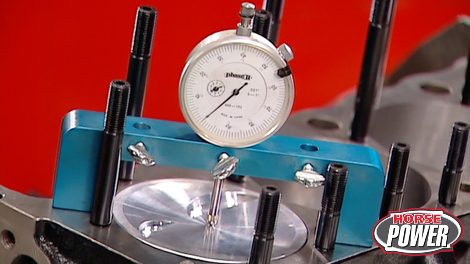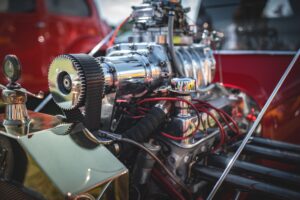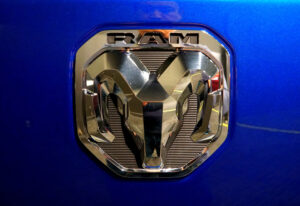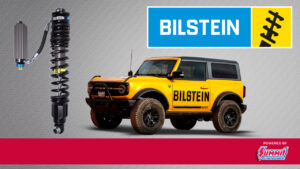
Shafiroff Small Block
Can you build a small block street motor that displaces 472 cubic inches and makes over 650 horsepower? That’s what Chuck, Joe and Mike will discover as they build a Shafiroff Performance pump gas small block that’s truly a little monster. To verify the power output, Joe takes the finished motor to an engine dyno for testing.
Season 8
Episode 10




























